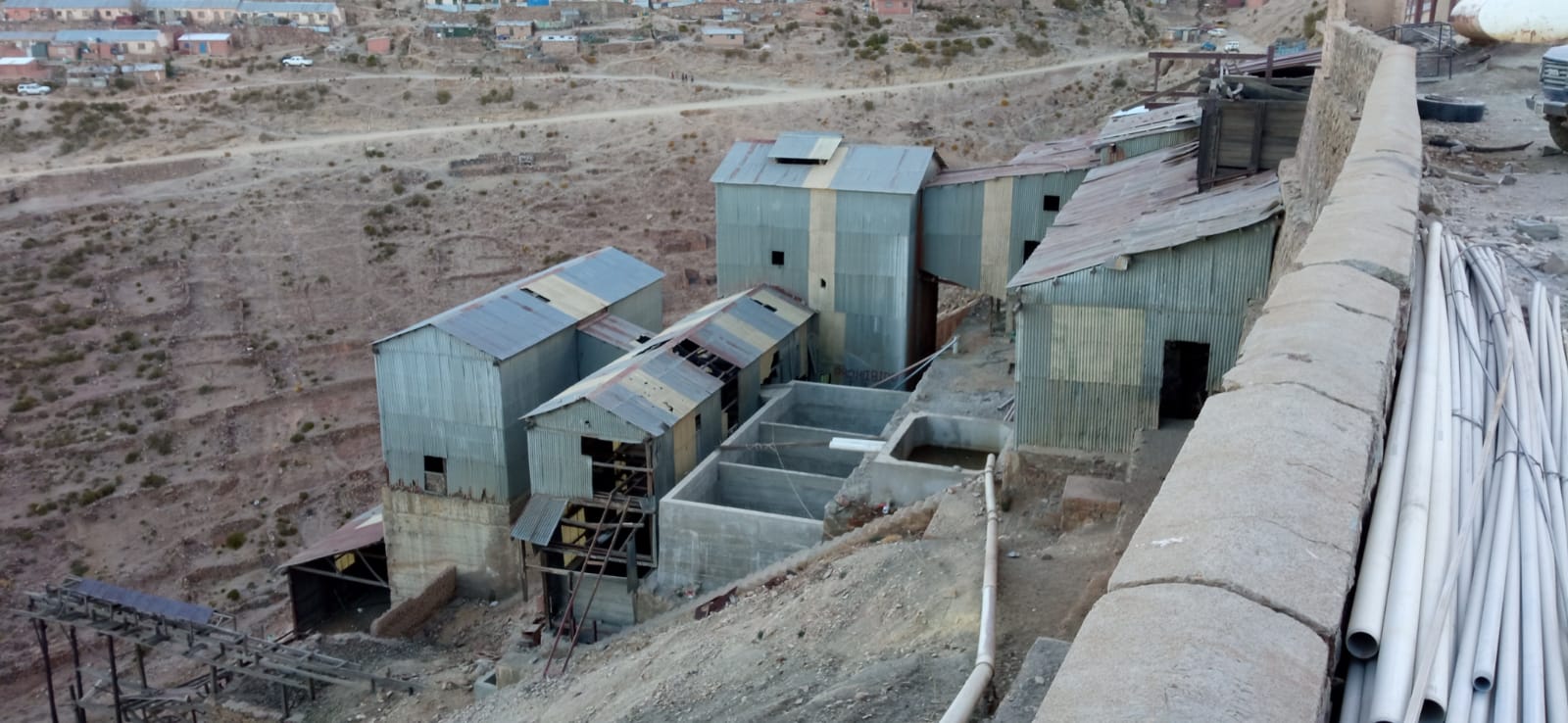Roy Cordova is a development expert from Bolivia. He has worked on monitoring & evaluation for projects in natural resources, municipal waste management and entrepreneurship for underserved populations.
Today he talks about a big environmental problem in Bolivia: the mining sector.
What are the main issues regarding the environment in Bolivia now in November 2023?
Bolivia has experienced in October the highest temperature records ever; the city of Santa Cruz has reached 43.7 degrees Celsius! These temperatures plus a severe drought and bad agricultural practices have arranged the proper scenario for hundreds of several fires in different parts of the country. As it is right now there are thousands of hectares being burned with a severe negative impact in thousands of families and biodiversity.
However, this, actually, is not what worries me the most. More severe damage to the environment, with long-term impacts, has been carried out for a long time now.
I am talking about the mining sector in Bolivia. This sector processes the minerals with very basic procedures and - in the case of gold – with great amounts of mercury, dumping mineral waste into rivers, contaminating the water, fish and all biodiversity in the river banks. Families downriver cannot eat the fish anymore and they even have high mercury levels in their bodies.
What is being done about this mining problem?
Bolivia has an excellent pack of laws that regulate the sector, but there are thousands of small mining cooperatives (formed by 10 to 20 families) that do not comply with regulations.
They are very well organized and have national organizations that unite them and have the power to negotiate with the national government on their own terms, which go against national regulations and the well-being of all of us since it threatens nature, our basic source of life.
Last week (October 7th and 8th), miners took over the main city in Bolivia with thousands of miners and their families using dynamite, blocking the streets and harassing the city people, demanding to work in protected areas and pay less taxes (which they already do).
It goes against national regulations and the well-being of all of us since it threatens nature – our basic source of life.
No police defended the city.
Currently cooperative miners are negotiating with the government now that they showed their mobilization power. The government needs their votes for the next election, so we know that nature is going to be the great loser in this new mining negotiation!
What about international cooperation NGOs and agencies? Can they help?
The legal and other challenges to current mining practices are just too big for the limited resources that development cooperation actors have. Unfortunately they often have to limit their work to environmental awareness, capacity building and assessment but don’t have the financial resources to fund safe infrastructure and needed equipment, which most mining cooperatives are not willing to or just can’t afford to invest in.
There are a few mining cooperatives that are doing their best to adopt and invest in good and safe mining practices, in some cases because they are contaminating their own lands downriver.
There is some environment-related work that cooperation actors are doing. However, development NGOs plus the government and civil society organizations (CSOs) need to work together to tackle the root cause of water contamination, which is environmentally harmful mining practices. At this level, the development cooperation agencies and the government are not doing enough.
Thanks to INGO assessment and awareness activities, this mining cooperative is building – using its own resources – a new water treatment plant next to an old installation. Since the costs are too high, the cooperative is not sure it will be able to finish the water plant and buy the required equipment for safe mining.
Contaminated river coming down from upper basin to agricultural towns. Farmers cannot use this water for their own consumption or cultivating nor for their animals but there is no other water source. What can they do?
Photo credits: Roy Cordova

Roy Cordova has over 30 years of experience working for and with a variety of national and international development organizations. He currently runs his own consulting practice. He can be reached at roy.cordova@gmail.com.




